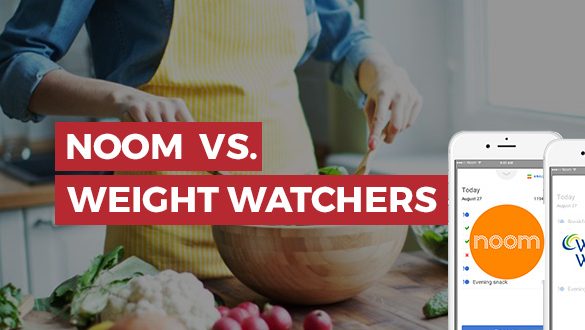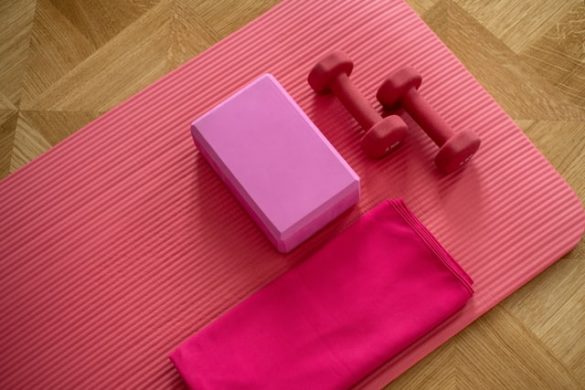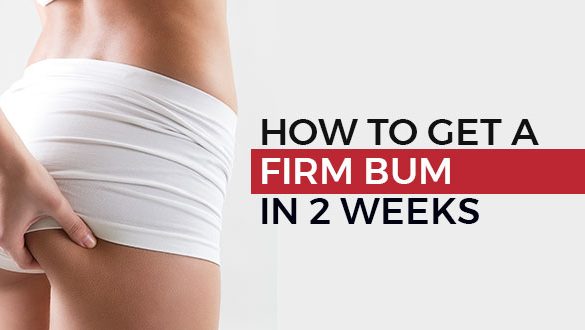For many decades the health and fitness industry advice was to exercise 4 to 5 times a week for about an hour or more. That’s a lot of time to invest, and when your work and family life seem to take up more hours than there are in a day, then exercising will become a struggle.
Personally, I’ve always encouraged people to do at least some exercise, even if it’s just 10 or 15 minutes. And that’s where High-Intensity Interval Training fills a perfect gap. Even if you only have 15 minutes to spare, a couple of days a week, it can make a significant difference to your health and weight.
Let me introduce you to some more of the concepts.
What is High-Intensity Interval Training?
The concept behind HIIT is that rather than spend an hour at the gym going through reps and sets with lots of breaks to bring your heart rate down, you work out at peak intensity for very short bursts of time.
After each exercise, you only spend about 10 to 20 seconds to catch your breath before you start on another exercise. This brings your heart rate up to very high levels, triggering metabolic rates that will maximize fat burning.
Basically, you can achieve the same as a regular hour at the gym, in just 20 to 30 minutes of HIIT.
Benefits

Experience Higher Than Average Fat Loss
One thing many people get wrong is that they think that an hour of light cardio at the gym will help to burn those stubborn love handles. While it’s good for your heart, it won’t do much for fat burning.
To trigger those fat burning processes, you have to work at maximum intensity, which is what HIIT will do.
Great For People With Limited Time
The average HIIT set will be 5 minutes of warm-up followed by about an 8-minute high-intensity routine. Even if you do just one of these, you’ll burn through fat. But the magic really happens if you extend this to 2 or 3 sets.
And that will still only be 20 to 30 minutes.
You Can Do The Exercises At Home
If you look through all the different HIIT combinations I have on this site, you’ll notice that practically all of them can be done at home. You won’t need specialist machines that cost hundreds of dollars and with little more than a yoga mat and a few exercise bands you’ll be ready to go.
Different Types Of HIIT Programs
The great thing about HIIT exercises is that you can combine different types to avoid getting bored with them. There are 3 programs that I introduce my clients to, but there are quite a few more.
Tabata Method
Created by Dr. Izumi Tabata, this program is all about sprinting.
After 3 minutes of fast walking and slow running to warm up, you’ll alternate between 20-second sprints and 10 seconds of walking.
You repeat this 8 times, and the full exercise is done in less than 10 minutes.
Now, before you think you can start with this as a beginner with low fitness levels, you’ll actually want to be quite fit to do this on a regular basis.

Little Method
This is a program for intermediate athletes and was developed by Dr. Jonathan Little.
The idea is to work out for 60 seconds at high intensity followed by 75 seconds at low intensity.
It’s ideal for cycling, but probably better on a stationary exercise bike.
You go through the sequence 12 times for a total of 27 minutes. It burns a ton of calories, and I generally recommend it 3 times per week.
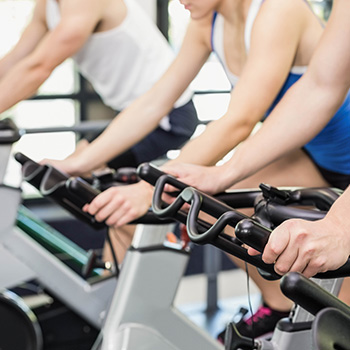
Turbulence Method
Designed by Craig Ballantyne, this program is all about weight training but not in the traditional sense. It’s ideal for building some muscle and getting rid of unwanted fat reserves.
Alternate between 8 reps on weights, starting with the upper body and 1 to 2 minutes of cardio. The total program will take about 45 minutes and should target all parts of your body.
When you try this first, make sure you don’t underestimate the strain this will put on you. Don’t go for maximum weights the first time you try this.
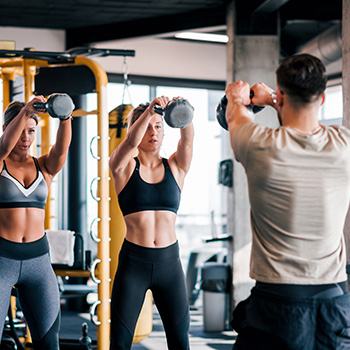
Preparing Yourself

If you don’t have a fitness coach to help you with all the prep work, then use these tips to get started.
Choosing The Right Exercises
You don’t want to do the same exercises all the time, so make sure you mix things up. The above programs and others I have on this website are suitable for people of different skill and fitness levels.
Start off with something less intense to ease your body into it.
Get The Right Gear
You won’t need a lot beyond an exercise mat and some running gear. You can do a lot of these without any need for exercise machines, but if you have a gym membership, then you’ll have maximum flexibility when it comes to picking programs.
Mental Preparation
It’s quite a bit different to your regular run or trip to the gym. You’ll have to mentally prepare yourself for constant cycles of exhaustion and catching your breath. The good news is that the programs are generally quite short, meaning you don’t have to keep your motivation levels up for long periods of time.
Sample Workouts
What’s great about HIIT programs is that they can be adapted to all sorts of different exercises and equipment.
If you like running, then sprint exercises are an ideal option. Other people prefer cycling, and with a standard home exercise bike, you’ll be able to get to some very high VO2 Max levels.
But I’ve also designed a few programs for clients that I share on this site that take advantage of regular household items. This can include a chair for decline push-ups, your kitchen table for chest rows, as well as very basic bodyweight exercises like squat jacks.
As you get used to different programs, you can even design your own to spice things up a little.
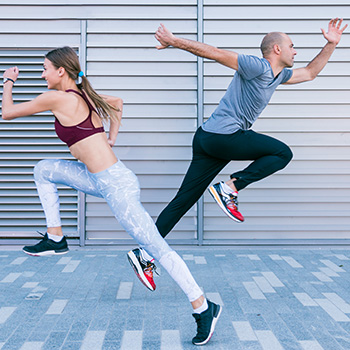
Does Interval Training Have Risks?
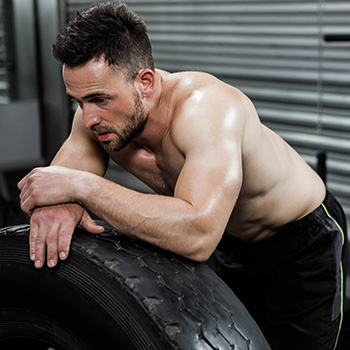
Because of the very high-intensity levels, this is not a training method that is suitable for everyone. Not only does it take a lot out of you, but you’re likely to feel rather sore on a regular basis.
However, I would also caution anyone with heart issues to be very careful. At full capacity and intensity, your heart will be pumping, and you’ll be struggling to keep going. Also, for anyone with asthma or other lung related issues, some caution is required.
In both cases, the intensity level can cause problems, and a slower pace would be required. It’s always best to consult with your doctor and a fitness coach.
As long as you’re in good health and dedicated to putting in a lot of effort, you can expect great results with low health and injury risks.
What should my rest and active HIIT intervals feel like?
During the rest phase, you should be struggling to catch your breath, and you should feel the burning sensation in your muscles gradually reduce. It’s important to keep breathing steadily and not sit down to avoid muscles from stiffening.
During the high-intensity active phase of the program, your heart rate should peak, your rate of breathing will increase, and you will feel a burning sensation in your muscles. It’s important to keep it going and not give up on the first signs of fatigue.
How do I know if I'm working hard enough?
At the end of the program, you should be completely exhausted with muscles stiff and sore. If you feel like there is no way you could do the same thing again right away, then you’re probably on a good path.
You should also feel quite sore the next day, even if you take some recovery supplements. But the benefits of increased fitness levels and significant fat burning will help you to accept those minor pains.
Conclusion
High-intensity interval training isn’t for the faint hearted or those that struggle with committing to a level of workouts that would put you into a sweat to just think about.
But if you have limited time and still want to achieve your fitness and weight loss goals, then there really isn’t any better option available. Within just a few weeks you’ll notice the pounds falling off you, and you’ll quickly become used to the effort you have to put in.
So many of my clients have managed to succeed with HIIT where everything else has failed. If you have experience or are just starting out, then join us on our Facebook page and leave some feedback.




